

Microcrystalline cellulose
Liujia pharmaceutical excipients are Shandong dextrin and high water soluble dextrin manufacturers. They are mainly engaged in thickening agents, microcrystalline cellulose, corn starch, magnesium stearate, adhesive diluent, dextrin, sodium carboxymethyl starch, capsule filler, pharmaceutical dextrin, pharmaceutical sucrose, pharmaceutical excipients, sucrose, pregelatinized starch, etc.
Classification:
Tel:
E-mail:
Key words:
Microcrystalline cellulose
Product Details
Preparation of Microcrystalline Cellulose
Microcrystalline cellulose mainly uses natural plants as raw materials for production. Its preparation process is mainly divided into three processes: ① pretreatment of raw materials to prepare high-purity cellulose; ② degradation of cellulose to prepare microcrystalline cellulose; ③ drying of microcrystalline cellulose. The following mainly introduces the raw materials, preparation methods and drying methods in the preparation process of microcrystalline cellulose.
Raw materials
The raw materials for the preparation of microcrystalline cellulose are very abundant. Cotton and wood pulp have high cellulose content and have become the main raw materials for the industrial production of microcrystalline cellulose [5]. However, with the increasing demand for wood and cotton in the furniture, pulp and paper, and textile industries, some other plant fibers have also been used to prepare microcrystalline cellulose, such as grass plants [6], bamboo plants [10], hemp plants [11], and some agricultural and forestry waste [12-13]. When preparing bamboo microcrystalline cellulose, its yield, moisture content, and crystallinity are 83.37% ± 1.48%, 4.50% ± 0.5%, and 78%, respectively, and its performance indicators are close to those of commercial microcrystalline cellulose. The microcrystalline cellulose [12] prepared from banyan tree bark has a rod shape, a length of 90 ± 25 µm, an average diameter of 17.1 ± 3.3 µm, and a crystallinity index of 75.8%. Its initial thermal degradation temperature reaches 314.6 ℃, and it can be used as an excellent filler in biocomposites. Compared with wood raw materials, these raw materials have the advantages of low price, easy availability, low lignin content, and short growth cycle, which can reduce the production cost of microcrystalline cellulose to a certain extent.
Preparation methods
Microcrystalline cellulose is a polysaccharide compound with small particle size and high crystallinity, composed of glucose units. The molecule is mainly composed of crystalline regions and is generally prepared by removing most of the amorphous regions of cellulose raw materials through biological or chemical methods. Currently, the commonly used methods for preparing microcrystalline cellulose are acid hydrolysis and enzymatic methods.
Microcrystalline cellulose (MCC)
Lu Yao Zhun Zi F2014065
CAS NO:9004-34-6
Packaging specifications:20kg/bag 20kg/barrel
Quality standard:CP2015, USP current edition
Main uses:
Microcrystalline cellulose is widely used in pharmaceutical preparations, mainly as a diluent and binder in oral tablets and capsules. It can be used not only in wet granulation but also in direct compression. It also has certain lubricating and disintegrating effects, which is very useful in tablet preparation.
Microcrystalline cellulose, the main component of which is a linear polysaccharide substance bonded by β-1,4-glucosidic bonds, is a free-flowing, extremely fine, short rod-shaped or powdery porous granule with a limit degree of polymerization (LOOP) obtained by hydrolyzing natural cellulose with dilute acid, consisting of a white, odorless, tasteless crystalline powder.
In general plant fibers, microcrystalline cellulose accounts for about 70%, and the remaining 30% is amorphous. Microcrystalline cellulose is widely used in the pharmaceutical, cosmetic, and food industries, and different particle sizes and water contents have different characteristics and application ranges.
Microcrystalline cellulose, especially during high-temperature processing, can stabilize foams and emulsions; form ointment-like gels; improve the heat resistance of pectin and starch gels; improve adhesion; replace fats and oils and control ice crystal growth. The reason why microcrystalline cellulose can stabilize emulsions and foams is that microcrystalline cellulose is adsorbed on the interface and strengthens the interfacial film. Microcrystalline cellulose is a common ingredient in low-fat ice cream and other frozen desserts.
Microcrystalline cellulose is widely used in oral preparations and foods and is a relatively non-toxic and non-irritating substance. It is not absorbed orally and has almost no potential toxicity. Large amounts can cause mild diarrhea, and there is no difficulty in using it as a pharmaceutical excipient.
Misuse of microcrystalline cellulose-containing preparations, such as inhalation or injection, can lead to cellulose granulomas.
Industry applications
Microcrystalline cellulose is commonly used as an adsorbent, suspending agent, diluent, and disintegrant in the pharmaceutical industry. Microcrystalline cellulose is widely used in pharmaceutical preparations, mainly as a diluent and binder in oral tablets and capsules. It can be used not only in wet granulation but also in direct compression. It also has certain lubricating and disintegrating effects, which is very useful in tablet preparation. Because there are hydrogen bonds between microcrystalline cellulose molecules, hydrogen bonds are associated under pressure, so it has high compressibility and is often used as a binder.
Given its unique structure and properties, microcrystalline cellulose is widely used as a disintegrant, stable emulsifier, etc., in national economic sectors such as medicine and health, food and beverages, and light chemical industry. Because cellulose is widely present in nature, hundreds of billions of tons of biomass residues rich in cellulose are produced globally each year. If these residues are well converted and utilized, they will be a rich resource. In China, the expansion of the scale of production and the improvement of product grades in the leather, daily chemical, pharmaceutical, food, and chlor-alkali industries have led to a year-on-year increase in the demand for microcrystalline cellulose, so microcrystalline cellulose has broad market prospects. The uses of microcrystalline cellulose are introduced below.
1. Pharmaceutical industry
Microcrystalline cellulose is commonly used as an adsorbent, suspending agent, diluent, and disintegrant. Microcrystalline cellulose is widely used in pharmaceutical preparations, mainly as a diluent and binder in oral tablets and capsules. It can be used not only in wet granulation but also in direct compression. It also has certain lubricating and disintegrating effects, which is very useful in tablet preparation.
Due to the hydrogen bonds between microcrystalline cellulose molecules, hydrogen bonds are associated under pressure, so it has high compressibility and is often used as a binder; when the pressed tablets encounter liquid, water quickly enters the interior of the tablets containing microcrystalline cellulose, and the hydrogen bonds immediately break, so it can be used as a disintegrant. Therefore, it is a widely used excipient in tablet production, which can improve the hardness of tablets. For example, in the preparation of rifampin tablets, microcrystalline cellulose can be mixed with starch (mass ratio of 6.25:1) and various raw materials evenly and then directly pressed into tablets. The product disintegrates into a mist within 1 min. Moreover, the content remains unchanged within the shelf life, and the drug stability can be significantly improved. For another example, due to the addition of microcrystalline cellulose, the dissolution rate of prednisone acetate and berberine acetate (hydrochloride small wedge base) tablets is increased to over 80%. When using microcrystalline cellulose as an excipient for tableting, the traditional granulation process is not required. For example, in the preparation of Kebiqing tablets, due to the addition of microcrystalline cellulose, the serious sticking phenomenon caused by the hygroscopicity of wet granulation and tableting of Kebiqing is solved, and the disintegration is rapid.
Microcrystalline cellulose can also be used as a sustained-release agent for drugs. The sustained-release process involves the active substance entering the porous structure of the carrier. The active substance is contained by intermolecular hydrogen bonds, and after drying, the active substance is fixed. When the active substance is released, swelling is caused by the diffusion of water in the capillary system of the polymer carrier, and the chemical bonds between the carrier base and the fixed active substance are broken, and the active substance is slowly released.
Microcrystalline cellulose powder can form a stable dispersion system in water. When combined with drugs, it can be made into creamy or suspension-like medicinal liquids, and it can also be used as a capsule. Microcrystalline cellulose forms a gel after vigorous stirring in water and can also be used to manufacture ointment and suspension-type pharmaceutical preparations.
2. Food Industry
In the food industry, microcrystalline cellulose, as an edible fiber and an ideal health food additive, can maintain the stability of emulsions and foams, maintain high-temperature stability, and improve the stability of liquids. It has been certified and approved by the Joint Expert Committee on Food Additives of the Food and Agriculture Organization of the United Nations and the World Health Organization, and corresponding fiber products have also emerged and are widely used in dairy products, frozen foods, and meat products.
Microcrystalline cellulose can be used as an anti-caking agent, emulsifier, dispersant, and binder. China's "National Standard for the Use of Food Additives" (GB2760-2011) stipulates that it can be used in fat-type powder and whipped cream, with a maximum usage of 20g/kg; in ice cream, 40g/kg; in high-fiber foods and bread, 20g/kg. Other usage references: Using it in ice cream can improve the overall emulsification effect, prevent ice crystal formation, and improve taste. When used with carboxymethyl cellulose, it can increase the suspensibility of cocoa powder in milk beverages.
3. Cosmetics
Microcrystalline cellulose can be used as a filler in the manufacture of various cosmetics, skin treatment and care products, and cleaning detergents.
|
Specifications |
Particle size, % |
Loss on drying, % |
Bulk density, (g/ml) |
Average particle size, μm |
Microcrystalline cellulose applications |
|
Ordinary type |
120 mesh retention ≤5 |
≤5.0 |
0.26-0.32 |
40-60 |
Dilutant, binder, lubricant and disintegrant |
|
PH101 |
60 mesh retention ≤1 |
≤5.0 |
0.26-0.32 |
40-60 |
Microcrystalline cellulose is suitable for all tableting methods, especially for wet granulation, rotary tableting and pill making, with good compressibility. |
|
PH102 |
60 mesh retention ≤8 |
≤5.0 |
0.28-0.33 |
70-100 |
Larger particle size, suitable for direct compression tableting and improving the flowability of capsule fillers, with good flowability and compressibility. |
|
PH103 |
60 mesh retention ≤1 |
≤300 |
0.20-0.40 |
40-60 |
Similar particle size to 101, lower moisture content, suitable for tablet production in the preparation of moisture-sensitive drugs and situations where moisture is generated during the process. |
|
PH301 |
60 mesh retention ≤1 |
≤5.0 |
0.34-0.45 |
40-60 |
High density of microcrystalline cellulose, better flowability, facilitating the pressing of small-dose tablets. |
|
PH302 |
60 mesh retention ≤8 |
≤5.0 |
0.35-0.46 |
70-100 |
Similar quality parameters to 102, but higher density and better flowability, especially suitable for high-speed tableting and the preparation of high-density drugs. |
Factory Appearance
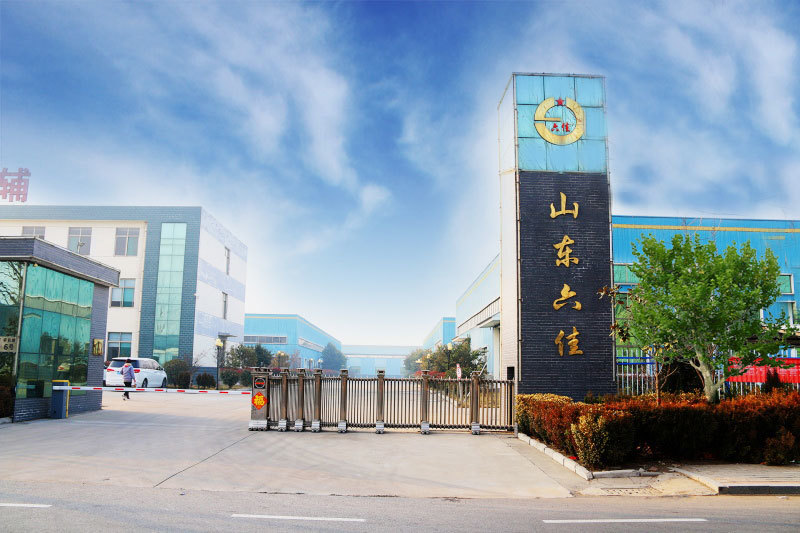
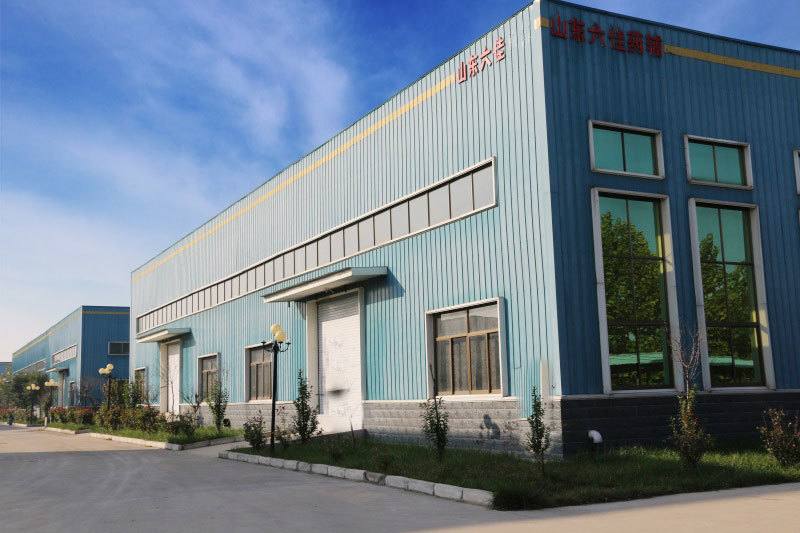
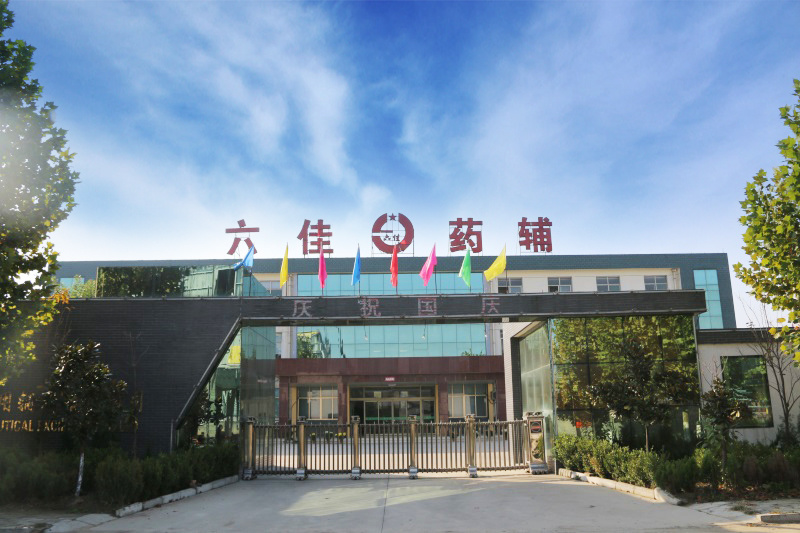
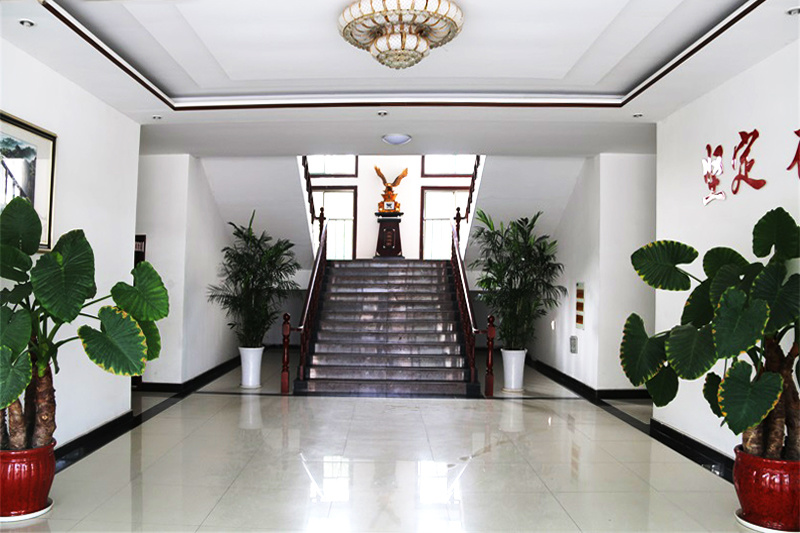

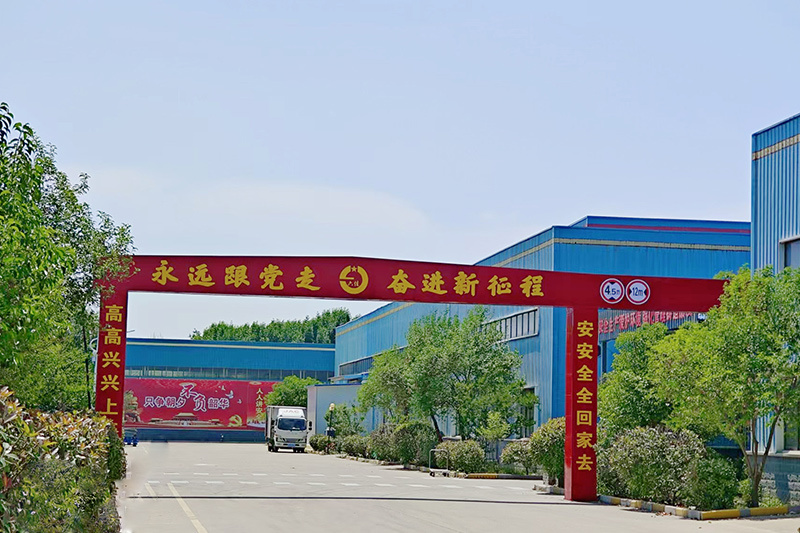
Packaging Delivery
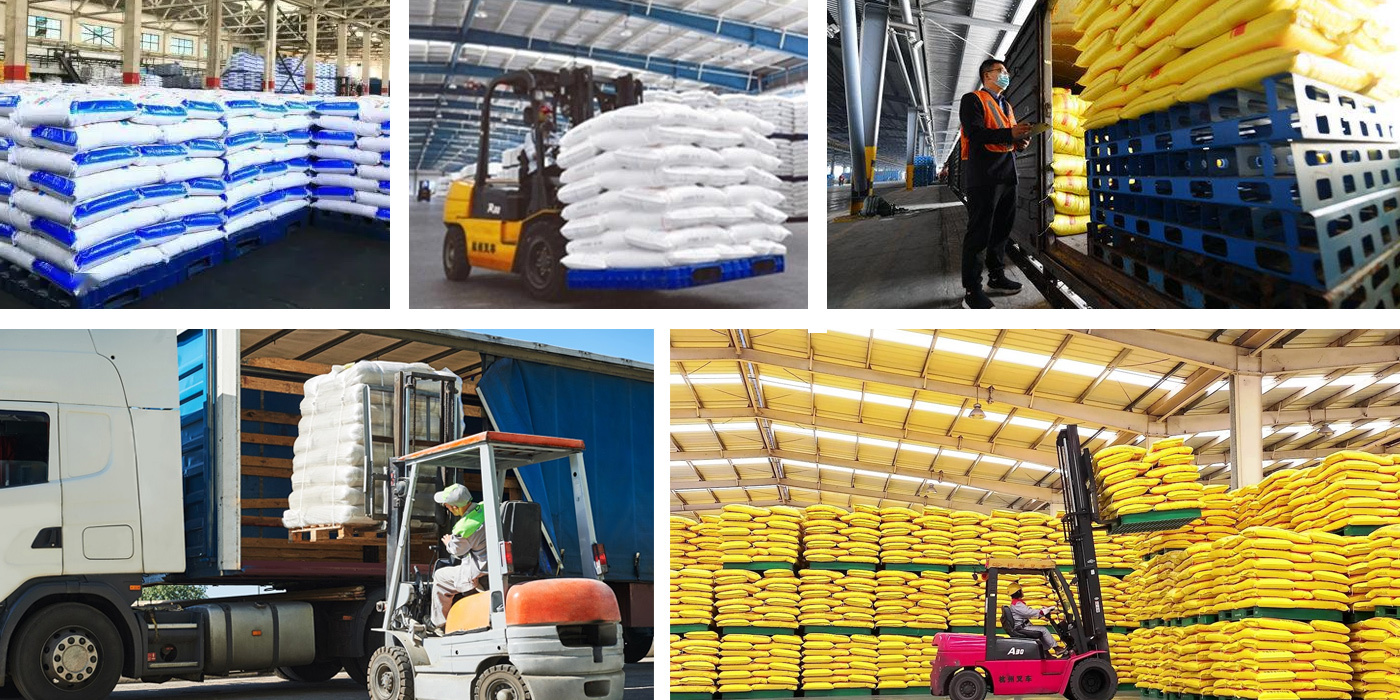
Our Advantage
Product quality
Product quality in the same industry outstanding, won the majority of users.
production capacity
Each type of product has a very rich product inventory, can provide product supply at any time.
Strict product testing
It has complete inspection facilities to ensure the production of high quality products.
After-sales service
We have a perfect service system, can provide you with strong support.
Related Products
©2025 Shandong Liujia Pharmaceutical Excipients Co., Ltd
| SEO| Website construction:CEGLOBAL Business License Privacy Policy





